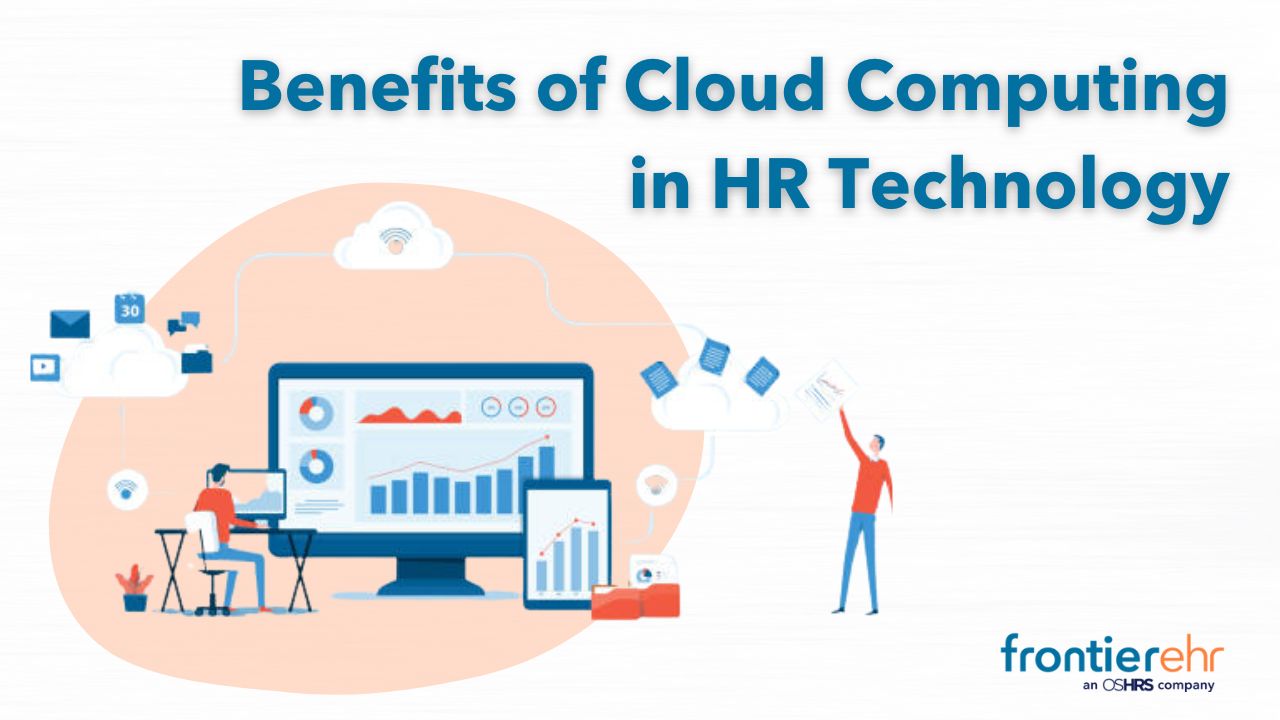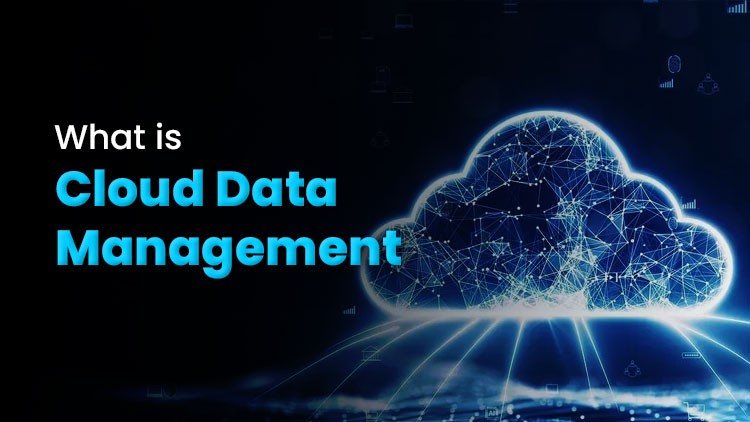Cloud computing has revolutionized how organizations control their human resources since it provides flexible, scalable, and efficient tools in managing employees. Here's a more detailed look at some of the advantages offered to corporate firms when using cloud technology on their HR processes:
1. Centralized Data Management
- Unified Database : All the employees' information, such as personal details, performance records, and payroll data, is central and safe.
- Ease of access for HR teams-it can be accessed anywhere and whenever, promoting remote working and flexibility.
- Data Integrity: Real-time updates ensure consistent and accurate information across the organization.
2. Increased Efficiency and Automation
- Automated Processes: Streamlines repetitive tasks such as payroll, leave management, and onboarding.
- Reduced Manual Errors: Automation minimizes human errors in data entry, calculations, and compliance reporting.
- Workflow Optimization: Allows faster approvals, document processing, and task management.
3. Improved Recruitment and Onboarding
- AI-Powered Hiring: Cloud-based HR tools often include AI to filter candidates, schedule interviews, and assess qualifications.
- Digital Onboarding: Streamlines onboarding through automated checklists, training modules, and e-signatures for documents.
- Applicant Tracking Systems (ATS): Manage job postings, track applications, and streamline communication with candidates.
4. Scalability and Flexibility
- Adaptable Solutions: Cloud-based HR tools scale as your organization grows, accommodating more employees or features.
- Customizable Features: Tailor functionalities like performance management or compliance tracking to meet organizational needs.
- Global Accessibility: Supports multinational teams with localized compliance tools and multi-language support.
5. Cost Savings
- Lower IT Costs: Reduces the need for on-premise servers, maintenance, and manual updates.
- Fewer Administrative Overheads: Streamlined operations free up HR teams to focus on strategic activities.
6. Improved Employee Self-Service
- Self-Service Portals: Employees can update personal details, apply for leave, view payslips, and access benefits information.
- Transparency: Builds trust by giving employees greater control over their HR interactions.
- Reduced HR Workload: Liberates the HR teams from their workload since employees can take care of their data and requests.
7. Data Security and Compliance
- Infrastructure Security: The cloud service provider has invested heavily in security measures like encryption, firewalls, and intrusion detection.
- Compliance Management: It is compliant with all labor laws, tax regulations, and data privacy standards such as GDPR.
- Disaster Recovery: Offers automated backup and recovery options to ensure critical HR data is saved.
8. Advanced Analytics and Reporting
- Real-Time Insights: Dashboards give metrics in real-time about employee performance, engagement, and turnover.
- Predictive Analytics: Employee attrition, training needs, or workforce planning can be forecasted.
- Custom Reports: Generate reports that are specific to strategic decision-making.
9. Remote Workforce Management
- Global Connectivity: Provide seamless collaboration and communication for remote teams.
- Time Tracking Tools: Cloud-based attendance and time management for remote or hybrid workers ensure accurate tracking.
- Virtual Training: Through integrated platforms, online learning and development are enabled.
10. Faster Decision-Making
- Live Data: Latest information is available at all times for recruitment, performance, and compensation decisions.
- Communication Tools: Facilitates the collaboration of the HR with other departments through integrated communication tools.
- Alerts: Generates automatic alerts about critical tasks, such as the renewal of contracts or compliance due dates.
Core Applications of Cloud Computing in HR
1. Human Resource Management Systems (HRMS)
- SAP SuccessFactors, Workday, and BambooHR offer end-to-end HR management software.
2. Payroll Management
- Computes salaries, tax deductions, and benefits payments.
3. Employee Engagement Platforms:
- Cloud-based tools such as Slack or Microsoft Teams improve communication and collaboration.
4. Learning and Development:
- Online training platforms, such as LinkedIn Learning, are easily integrated with HR tools.
Challenges and Mitigations
1. Data Privacy Concerns:
- Ensure that providers adhere to data protection standards such as GDPR and ISO certifications.
2. Change Management:
- Train employees and HR teams for easy adoption.
3. Integration with Legacy Systems:
- Select cloud solutions that support APIs for easy integration.



No comments:
Post a Comment